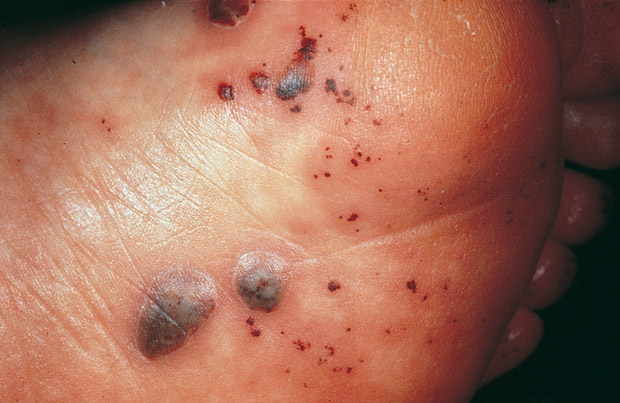Readers respond on narrative medicine, low-dose aspirin
Readers offer feedback on narrative medicine, “low-dose” aspirin.
Time for narrative medicine in the outpatient setting
I read Mollie Frost's article on narrative medicine in the February 2019 ACP Internist (“Narrative Medicine Skills Bring Physicians Closer to Patients”) with the appreciation of a fellow writer and physician. The article detailed the 2018 Jefferson Lecture in Humanities, a talk on narrative medicine given by ACP Member Rita Charon, MD, PhD. Dr. Charon's description of her patient encounters seems to be describing a time in medicine long ago or in an enviable alternate reality. To put her description in the perspective of the real world, I would like to know what type of health care model and system she is living her reality in and how long her patient encounters take from meeting the patient to finishing her documentation (or shall I say patient-doctor novella).
Danielle Weiss, MD, FACP
Carlsbad, Calif.
Dr. Charon responds:
I thank Dr. Weiss for taking the time to respond to my Jefferson Lecture, if only to lament that such medicine is impossible today. In order to improve on the present, one needs an enviable alternate reality. This is not nostalgic; it is highly forward-facing. The more narrative skill one accrues, the shorter the length of time necessary to achieve the radical listening I propose. No novellas here: instead, electric contact, skills-derived realizations along with conveyed affiliation through presence. If you are a writer, then you have the perceptive antennae to make this kind of practice routine. I've worked in Presbyterian Hospital's medicine clinic throughout my medical career and made this kind of medicine work. We have developed means of teaching these skills and are actively researching their personal and clinical outcomes.
Rita Charon, MD, PhD
New York, N.Y.
Defining ‘low-dose’ aspirin
Regarding “Evidence Evolving on Aspirin as Prevention” in the March 2019 ACP Internist, please note that there is one critical fundamental flaw in all the studies looking at the potential role of “low-dose” aspirin as a preventative. The “low dose” used in all the studies is not really low dose, according to the original past work of Drs. John R. Vane and Salvador Moncada and subsequently confirmed by Dr. Philip W. Majerus.
There are two critical but opposing chemicals involved in aspirin's impact on platelets. Prostacyclin inhibits platelet aggregation and causes vasodilatation. Thromboxane does the reverse. It causes platelets to aggregate and fosters vessel vasoconstriction. It is the latter that one wants to inhibit as a preventative to coronary artery disease, and it is prostacyclin production that one wants to enhance to prevent coronary artery disease.
In the experiments done by Dr. Vane, it was clearly shown that aspirin between a dosage range of 20 to 70 mg/d will totally inhibit thromboxane production and not inhibit prostacyclin synthesis. That is exactly what you want to do to prevent coronary artery disease. If you go above that dosage range, you are also beginning to inhibit prostacyclin production.
Unless I have misread all the studies done to determine whether “low-dose” aspirin acts as a preventative, they are using dosages that range from 100 to 150 mg/d. These studies are all flawed, and that is why the results as to whether “low-dose” aspirin has a preventative effect have been equivocal at best.
Jay H. Sanders, MD, FACP
McLean, Va.




